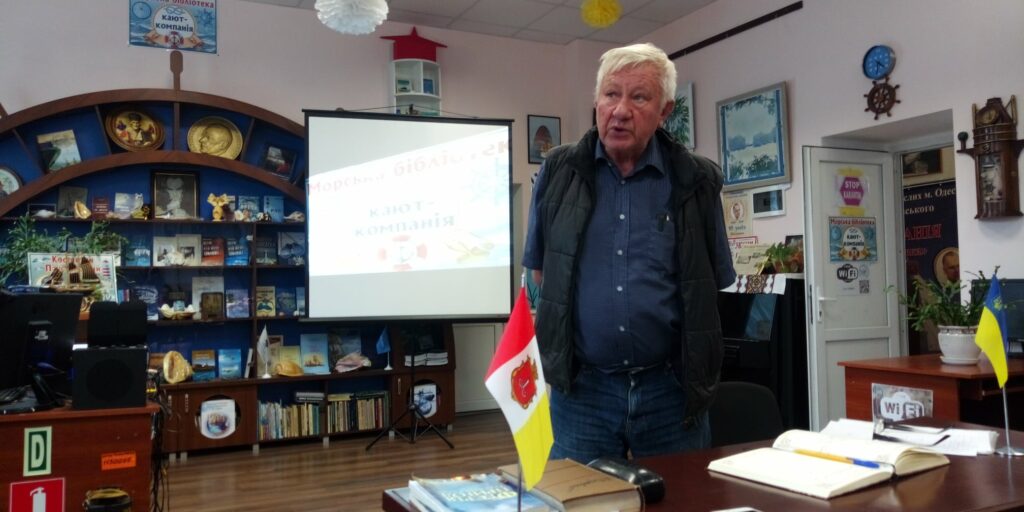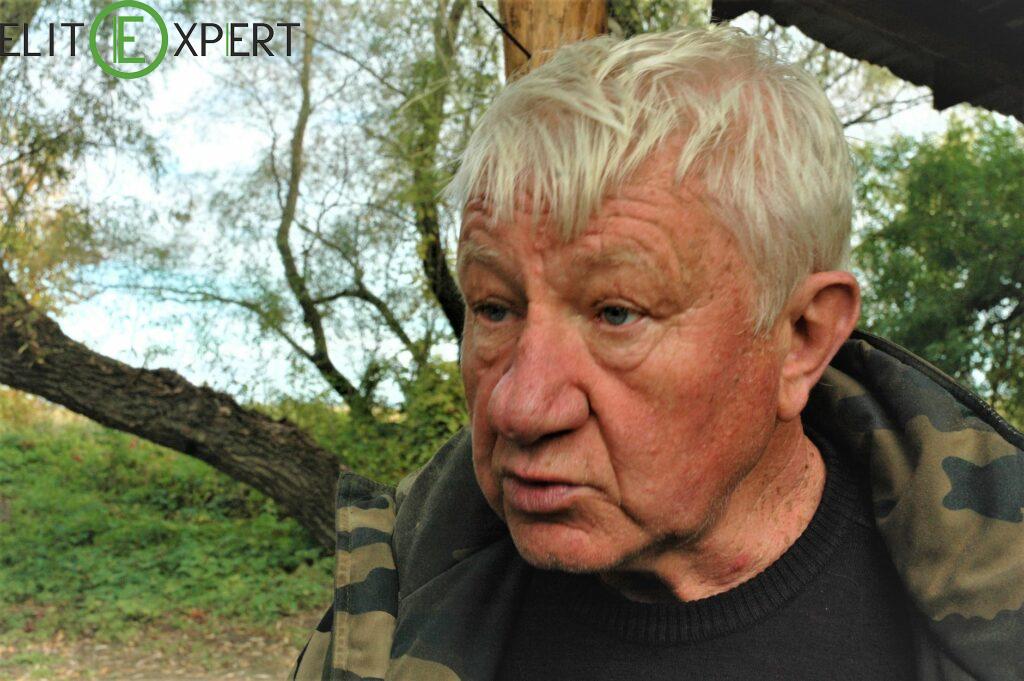One of the natural treasures of the Odesa region, the Nizhnednestrian National Nature Park, is dying. Over the decades, the straits have disappeared, cows graze in fish spawning grounds. And the fishermen spread their hands, waiting for the long-awaited bite. About the problems of the park, Vladimir Gubanov, who worked for ten years as the Deputy Chief of Science and Fish Protection, and now cooperates with the OSCE in the nature protection area, told about the problems of the park.
— Vladimir Vladimirovich, today Nizhnednestrovsky Park is in special demand for fishermen and lovers of outdoor recreation. What is the human influence on natural resources? And what is the situation with the national park now?
— Because of the reservoir and the dam in the Chernivtsi region, we do not receive the volume of water we need. They do not discharge water so that they have fish spawning in a full pond. And we have smooth and dry. The reservoir should be a regulator, not a problem. Where there was a spawning ground, cows graze. Birds do not nest. We need water from April 15 to May 15, when the fish go to spawn. In June of this year, when Transcarpathia was flooded by torrential rains, the forced discharge of water slightly supported our floats. Similar problems on the Danube, in Tuzla, Kuyalnik lack of water. To solve the problem on the Dniester, a complex melioration of floodplains is necessary, the lakes must be cleaned. We received help from the OSCE to clean up the erics. But we have to do something ourselves. Lakes turn into swamps. White Lake, the pearl of the Nizhnednestrovsky Park, was 6 meters deep, reached Belyaevka and flowed into Turunchuk. Now it is about one and a half meters deep.
Also, the quality of water in the river has deteriorated due to untreated drains, natural landfills and hydraulic construction. Silting of the Dniester increased, biodiversity decreased, and invasive species appeared.
Today I work with the Dniester Commission, which connected Chisinau and Kyiv. Our task is to draw attention to the situation on the Dniester.
— What innovations await fishermen?
— Together with the Moldovan side, for the first time in Ukraine, the OSCE object of assessing the influence of amateur fishing on the fish stocks of the Lower Dniester is being implemented.
We counted the number of fishermen and fish caught. Today there is a fishing boom. There is no free place on the banks of the Dniester, Turunchuk near the villages of Mayaki and Troitskoe. Fishing shops are growing like mushrooms. There are more than 1200 fishermen on the Dniester per day. According to the rules, the rate of catching fish per day is 3 kg. But they catch much more. Recently, there has been a depletion of fish resources and the reduction and disappearance of a number of valuable fish species. This is due to poaching, the reduction of stocking volumes carried out by environmental and fisheries departments.
In Romania, they rent out a section of the river. And people are engaged in the reproduction of fish. Industrial fishing has been banned in Moldova since 2016. Amateur fishing in Moldova is paid - an hourly ticket costs 300 lei, a day 30 lei. Payment can be made online. In Ukraine, despite long-term requests from the Moldovan side, commercial fishing is not prohibited on the Dniester, where several brigades operate. Amateur fishing is free. At the same time, various non-profit organizations charge amateur fishermen a fee for places on the shore, I refer to the fact that they monitor cleanliness.

— What kind of fishing equipment do fishermen use today on the river, for what kind of fish? And how much are the catches?
— According to the study, fishermen fish with feeder tackle, a float rod, and spinning with artificial baits for predatory fish. Prohibited tools are also used - "spiders", "handkerchiefs". On average, catches per day amount to more than 5 kg. There is more catch in the lower reaches than in the upper reaches of the river. They catch roach, ram, silver crucian carp, gostera, walleye, goby, as well as zander, asp, catfish, carp.
— What is being done to restore the biodiversity of the river?
— To finance the stocking of the river, it is planned to create a Fund. But so that the money went as intended for the support and development of the objects of the reserve fund. To take into account the opinion of fishermen, we suggested filling out a questionnaire in order to find a compromise to solve the problem in a legal way.
And in order to further popularize and introduce the fish species of the region, a project to preserve unique populations has already been launched. An aquarium will be installed in the Odessa Zoo, where endangered species will be bred - golden crucian carp and umber. And then released into the river.
— What other threats are there to the Nizhny Dniester National Park?
— Another problem of the Nizhnednestrovsky Park is the increase in the number of large cormorants, the number of which reaches about 10 thousand. One bird eats about 750 grams of fish per day. She can dive to a depth of up to 7 meters. A sturgeon was released into the lake in Izmail. The cormorants ate everything. Due to the concentration of litter, nitrogen, phosphorus and potassium in the streams, the fauna dies. Water from erics can be used as a concentrated fertilizer. The trees from the litter are white. And they also dry.
And it is necessary to think how it is possible to regulate their number and to improve the state of the ecosystem of the park.
— The Nizhnednestrian rivers are rich in reeds, which are highly valued in Europe.
— Solid thickets of reeds must be removed, freeing up space for birds. In 1987, there was a big fire in the park. A huge area of reeds burned. Lakes were formed. Everyone believed that this was a huge loss. And then it turned out to benefit biodiversity. Several companies are already engaged in the export of cane to Europe and Denmark. There are companies that drown with reeds. Some farms burn reeds so that a young, more conditioned one grows in its place.
— How does wastewater affect the cleanliness of the park?
— We have to solve the problems with sewage and abandoned treatment facilities in Teplodar. But for this, it is necessary to conduct research and make a diagnosis. And then prescribe procedures and medicines.
In the meantime, Vladimir Gubanov is developing new projects to restore the natural wealth of Lower Dniester, believing that environmental education should begin from childhood. A scientist, biologist, teacher warns about the possible consequences of an unreasonable attitude towards the nature that surrounds us.
Author: Inna Ishchuk



















